-
Doctors
-
Specialities & Treatments
Centre of Excellence
Specialties
Treatments and Procedures
Hospitals & Directions HyderabadCARE Hospitals, Banjara Hills CARE Outpatient Centre, Banjara Hills CARE Hospitals, HITEC City CARE Hospitals, Nampally Gurunanak CARE Hospitals, Musheerabad CARE Hospitals Outpatient Centre, HITEC City CARE Hospitals, Malakpet
HyderabadCARE Hospitals, Banjara Hills CARE Outpatient Centre, Banjara Hills CARE Hospitals, HITEC City CARE Hospitals, Nampally Gurunanak CARE Hospitals, Musheerabad CARE Hospitals Outpatient Centre, HITEC City CARE Hospitals, Malakpet Raipur
Raipur
 Bhubaneswar
Bhubaneswar Visakhapatnam
Visakhapatnam
 Nagpur
Nagpur
 Indore
Indore
 Chh. Sambhajinagar
Chh. SambhajinagarClinics & Medical Centers
Book an AppointmentContact Us
Online Lab Reports
Book an Appointment
Consult Super-Specialist Doctors at CARE Hospitals

Fits/ Seizures
Fits/ Seizures
Fits/Seizures Treatment in Hyderabad, India
Fits are defined as an uncontrolled disturbance in the brain. This can further lead to changes in behavior and feelings. They usually last from 30 seconds to two minutes. Fits that last for longer are a medical emergency. Several times the cause of the fits is unknown but it might be because of a stroke, head injury, or any illness. Most of the fits can be controlled but some do have a great impact on their daily lives.
Causes
Seizures can occur due to various factors, including:
- Aneurysms.
- Brain tumors, including cancer.
- Cerebral hypoxia, which is a lack of oxygen in the brain.
- Severe concussion and traumatic brain injury.
- Degenerative brain conditions like Alzheimer’s disease or frontotemporal dementia.
- Substance use, including drugs and alcohol (both prescription medications and recreational drugs), and even caffeine.
- Withdrawal from drugs or alcohol.
- Eclampsia, is a condition in pregnant individuals where high blood pressure can lead to seizures.
- Electrolyte imbalances, especially low levels of sodium (hyponatremia), calcium, or magnesium.
- Fevers, particularly high ones.
- Sensitivity to flashing or flickering light.
Symptoms
The signs of the fits can be mild or can be even severe. This includes temporary confusion, a staring spell, fear, anxiety, uncontrolled jerking movements of arms and legs, and loss of consciousness. In some cases, the origin of the condition goes undetected. It can be because of high fever, injury, or an illness.
Types of Fits
Fits are mainly classified into two major types- Focal onset fits and Generalized onset fits.
- Focal onset fits cause abnormal electrical activity in one area of the brain. This can be either with consciousness or without consciousness. The other involvement in this kind of fit is there is a loss of consciousness and the person will continuously stare in space without any response. Focal fits without losing consciousness alter the emotions and there is a change in the way things look. smell, taste or sound. The person will be conscious but there could be jerking of the body part.
- Generalized onset fits starts on both sides of the brain. The generalized onset fits are further classified into tonic clonic, absence and atonic.
- Tonic-clonic refers to muscle stiffening. There will be jerks in arms and legs. Usually one will lose the consciousness in such types of fits
- Absence fits lasts only for a few seconds. They cause blinking action.
- Atonic fits are those where the muscles suddenly will go limp and the head may nod and fall to the ground. This will last about 15 seconds.
Some fits are not known as they start suddenly and no one can analyze how they would have started. These are known as unknown fits.
Risk factors
Some of the risk factors involved in this are;
-
The newborn babies that are born are small according to their age.
-
Babies can have fits even in their first month.
-
They are born with abnormal areas in the brain.
-
Sometimes there could be bleeding in the brain.
-
Lack of oxygen supply to the brain.
-
It leads to strokes which further results in the blockage of arteries.
Diagnosis
Sometimes doctors will find it difficult to know the types of fits. He will advise with certain tests to know the accurate type of fits so that proper medication is given which will be effective.
The doctor will check the full medical history to know the exact cause. The symptoms might be sleep disorders or extreme psychological tests.
The doctor will advise some lab tests like the blood test, spinal taps and toxicology screening which is done mainly to test for drugs and poisons. Tests like electroencephalograms can help the doctor to know the type of fits which will help them get started on Epilepsy Treatment In Hyderabad. CT and the MRI scan also is conducted to know the exact image of the brain.
Treatment
Treatment for seizures depends on why they are happening. If a seizure is caused by something specific, the treatment focuses on that cause. For seizures related to epilepsy, the type of seizure, how often it occurs, and how the person responds to different treatments guide the choice of therapy.
Potential treatments for seizures associated with epilepsy include:
- Medications: Typically the first line of treatment, various medications can either stop seizures as they occur or prevent them from happening frequently. Intravenous (IV) medications may be used to address seizures in real-time, while daily medications aim to reduce the occurrence of seizures over time.
- Epilepsy surgery: In cases where medications prove ineffective, surgery may be considered. This involves removing or disconnecting the problematic area of the brain. Healthcare providers might recommend epilepsy surgery if seizures persist despite trying two different anti-seizure medications at recommended doses.
- Dietary changes: Low-carb or ketogenic diets have the potential to completely stop or reduce the frequency of epileptic seizures, especially when medications are not effective. For some individuals, these diets can serve as an alternative if surgery is not a viable option.
- Brain stimulation: This treatment involves the implantation of a device in the brain, delivering a mild electrical current to interfere with and potentially halt the electrical activity causing seizures. Two available forms of brain stimulation are deep brain stimulation and responsive neurostimulation.
- Vagal nerve stimulation: By electrically stimulating the vagus or vagal nerve, which directly connects to the brain, this treatment can help decrease the frequency of seizures. This involves stimulation on the left side of the vagus nerve (10th cranial nerve).
Medication
This mainly involves medications like anti-fit medicines. The main intention is to find the best medicine that could be best to stop the occurrence. The doctors will do all possible to find the best medicine considering the condition and the frequency of the fits, age and many other factors. Considering all the factors the doctors will prescribe the best medicine for you.
Surgeries and other therapies
Surgeries are recommended only if the medications are not able to curb the condition. During the procedure, the surgeons will locate the area in the brain where the fits occur and remove them. The surgery will be the best therapy for that person who has fits that start in the same area. Another best and the easy way that can be followed is through diet therapy. The diet has to be followed, is high in fat and low in carbohydrates. This type of diet which is called a ketogenic diet can help to control fits.
Our Doctors
-
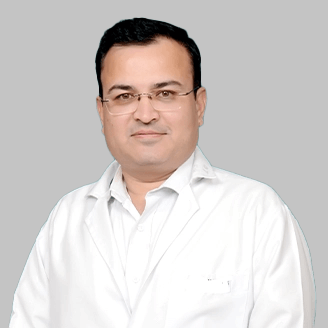
Dr. Sachin Adhikari
MBBS, MS, M.ch (PGI Chandigarh)
Neurosurgery
View More -

Dr. Arpit Agarwal
MBBS, MD (Medicine), DM (Neurology)
Neurology
View More -

Dr. Manoranjan Baranwal
MBBS, MD, DM
Neurology
View More -
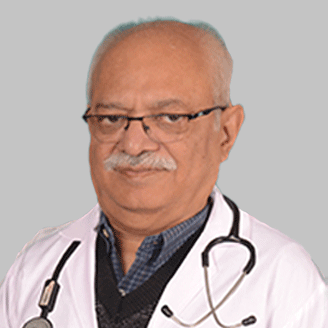
Dr. Sunil Athale
MD (Medicine), DM (Neurology)
Neurology
View More -
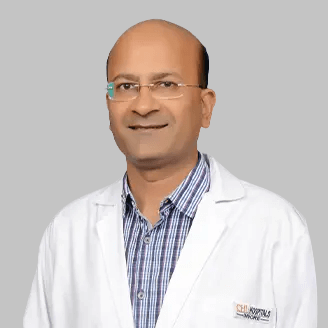
Dr. Ashish Bagdi
MBBS, MD (Medicine), DM (Neurology)
Neurology
View More -

Dr. Abhishek Songara
MBBS, M.S, M.Ch (Neurosurgery )
Neurosurgery
View More -
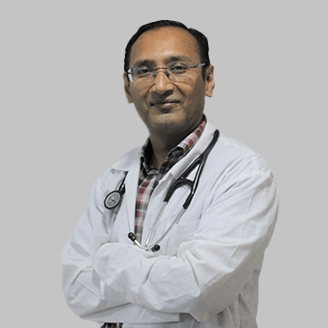
Dr. Anand Soni
MD, DM (Neurology)
Neurology
View More -
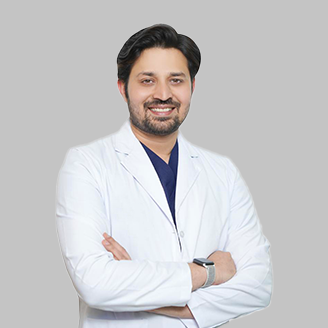
Dr. Ankur Sanghvi
MBBS, MS, Mch (Neuro)
Neurosurgery
View More -

Dr. Arjun Reddy K
MBBS, MS, MCh
Epilepsy, Neurosurgery
View More -
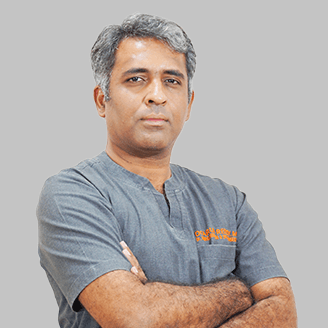
Dr. Arun Reddy M
MBBS, DNB – Neurosurgery, FCVS (Japan), Fellow Endoscopic Spine
Epilepsy, Neurosurgery
View More -

Dr. Atmaranjan Dash
MBBS, MS, MCh (Neurosurgery - AIIMS Delhi), Fellowship in Minimally Invasive Spine Surgery, Fellowship in Endoscopic Spine Surgery
Neurosurgery
View More -
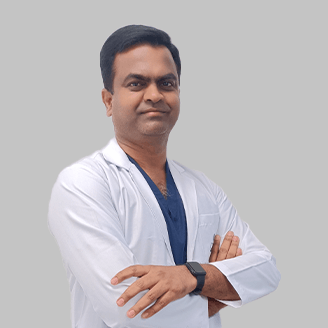
Dr. Bhavani Prasad Ganji
MBBS, DNB (Neurosurgery), Ex-Assistant Professor (NIMS)
Epilepsy, Neurosurgery
View More -

Dr. Bhuvaneswara Raju Basina
MBBS, MS (Orthopaedic Surgery), M.Ch (Neuro Surgery), Fellowship in Spine Surgery (USA), Fellowship in Functional & Restorative Neurosurgery (USA), Fellow in Radiosurgery (USA)
Epilepsy, Neurosurgery, Spine Surgery
View More -
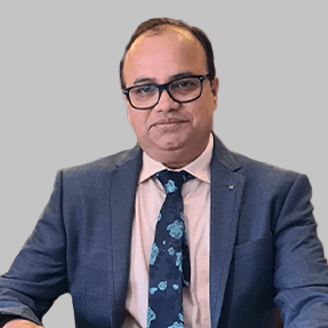
Dr. Bikash Kumar Mishra
MD, DM (Neurology), Clinical Fellowship in Pain management (NIH,USA) Epilepsy Fellowship Program (North Carolina, USA)
Neurology
View More -

Dr. Bimal Prasad Padhy
MBBS, MD, DM
Epilepsy, Neurology
View More -
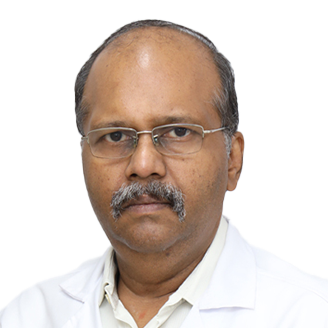
Dr. G Kishore Babu
MBBS, MD (General Medicine), DM (Neurology)
Neurology
View More -
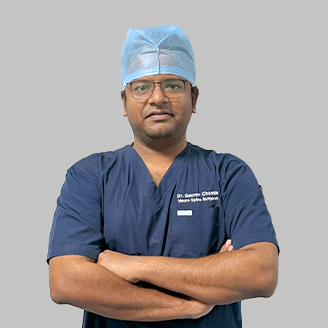
Dr. Gaurav Sudhakar Chamle
MBBS, MS General Surgery, DNB Neurosurgery, Fellow in Endoscopic and Minimally Invasive Spine Surgery
Neurosurgery
View More -
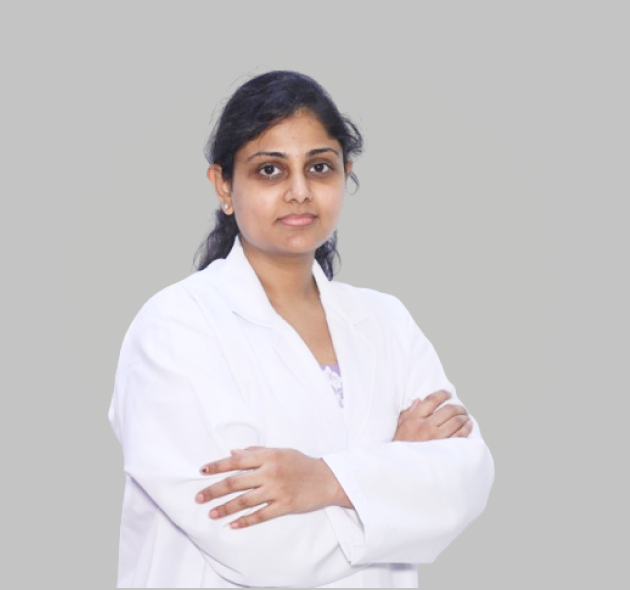
Dr. Haritha Koganti
MBBS, MD (General Medicine), DM (Neurology)
Epilepsy, Neurology
View More -
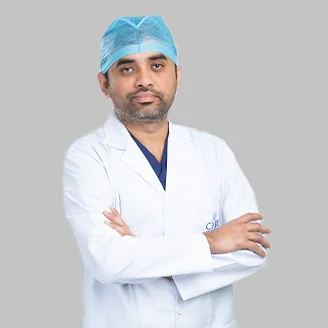
Dr. J V N K Aravind
MBBS, MS, MCH
Epilepsy, Neurosurgery
View More -

Dr. K Sateesh Kumar
MBBS (OSM), MD (General Medicine), DM (Neurology)
Epilepsy, Neurology
View More -
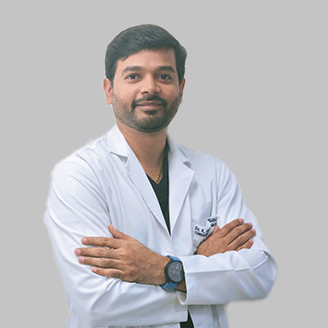
Dr. K. Vamshi Krishna
MBBS, MS (General Surgery), MCh (Neurosurgery)
Epilepsy, Neurosurgery
View More -
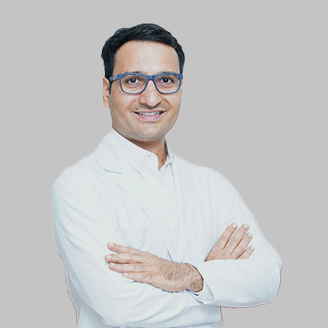
Dr. Kailas Mirche
MBBS, MD (Internal Medicine), DM (Neurology)
Epilepsy, Neurology
View More -
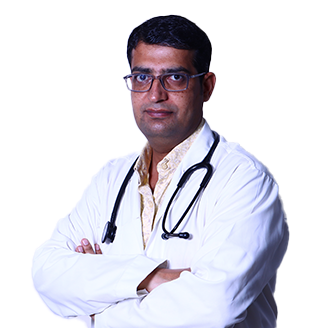
Dr. Kapil Muley
MBBS, MS, MCH (Neurosurgery)
Neurosurgery, Spine Surgery
View More -
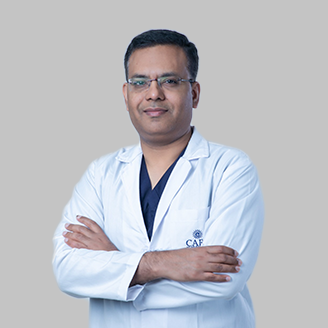
Dr. Laxminadh Sivaraju
MBBS, MCh (Neuro surgery)
Epilepsy, Neurosurgery
View More -
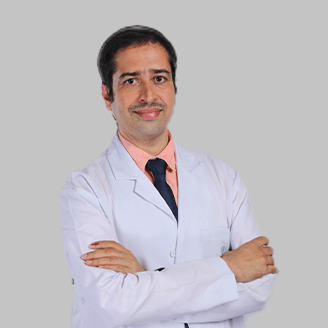
Dr. M P V Suman
MBBS, DNB (Gen Med), DrNB (Neurology), PDF (Headache-FWHS)
Neurology
View More -
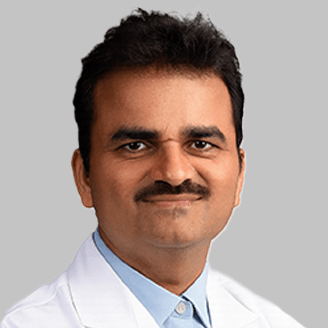
Dr. Mamindla Ravi Kumar
MBBS, MS, MCh (NIMS), Fellow in Endospine (France) & UBE Spine Surgery (South Korea) & Minimally Invasive Spine Surgery Fellow in Skull Base Surgery (MS Ramaiag and WSBF)
Epilepsy, Neurosurgery
View More -
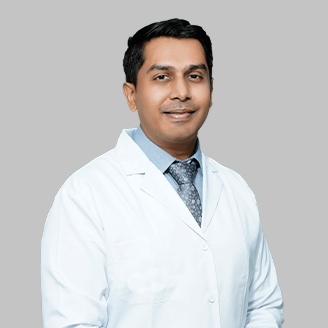
Dr. Mandar G Waghralkar
MBBS, MD (Internal Medicine), DM (Neurology), FINR, EDSI
Neurology
View More -
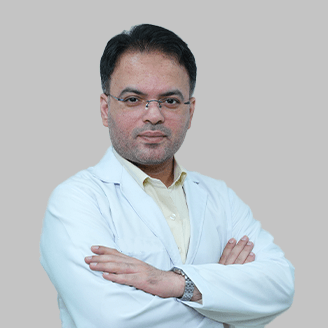
Dr. MD Hameed Shareef
MBBS, MS, M.Ch
Epilepsy, Neurosurgery
View More -

Dr. MGV Aditya
MBBS, MD (General Medicine), DM (Neurology)
Neurology
View More -

Dr. Mitalee Kar
MBBS, DNB (Medicine), DNB (Neurology)
Neurology
View More -

Dr. Murali Krishna CH V
MBBS, MD (General Medicine), DM (Neurology)
Epilepsy, Neurology
View More -
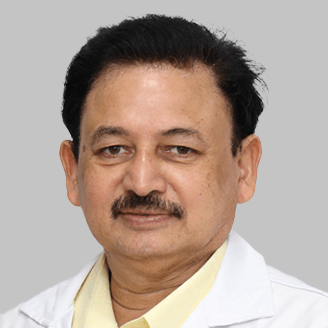
Dr. N.V.S Mohan
MBBS, MCh (Neuro Surgery), DNB
Neurosurgery
View More -

Dr. P. Chandra Shekar
MBBS, MD (Internal Medicine), DM (Neurology)
Epilepsy, Neurology
View More -
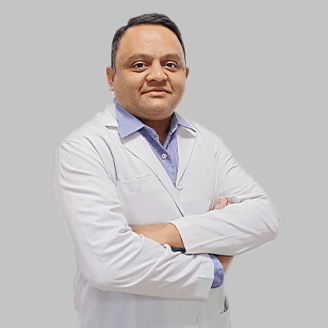
Dr. Parag Rameshrao Aradhey
MBBS, DNB (Medicine), DNB (Neurology)
Neurology
View More -

Dr. Prof. Umesh T
MBBS, MD (General Medicine), DM (Neurology), DNB (Neurology)
Epilepsy, Neurology
View More -

Dr. R. Kiran Kumar
MBBS, MD (General Medicine), DM (Neurology)
Epilepsy, Neurology
View More -

Dr. Rahul Pathak
MBBS, MD (General Medicine), DM (Neurology)
Neurology
View More -

Dr. Ramesh Penkey
MBBS, MD (General Medicine), DM (Neurology)
Epilepsy, Neurology
View More -

Dr. Randhir Kumar
MBBS, MS, MCh
Epilepsy, Neurosurgery
View More -
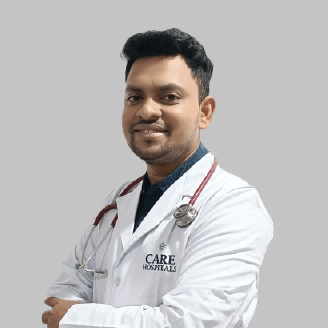
Dr. Ritesh Nawkhare
MBBS, MS (Gen. Surgery), MCh (Neurosurgery)
Neurosurgery
View More -
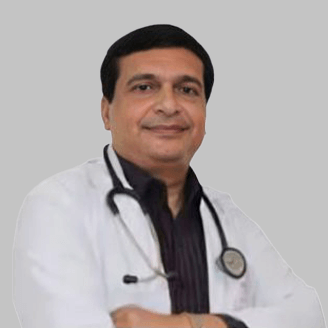
Dr. S K Jaiswal
MBBS, MD, DM Neurology
Epilepsy, Neurology
View More -
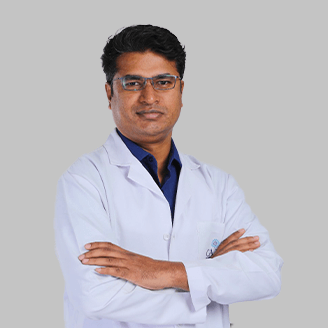
Dr. S. P. Manik Prabhu
MBBS, M.Ch (Magister of Chirurgiae), Neuro Surgery, MS (General Surgery)
Epilepsy, Neurosurgery
View More -

Dr. Sandeep Talari
MBBS, MS (General Surgery), MCh (Neurosurgery)
Neurosurgery
View More -
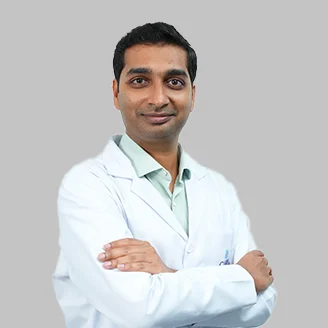
Dr. Sandesh Nanisetty
MBBS, DNB(General Medicine), MNAMS, DM(Neurology), SCE Neurology (RCP, UK), Fellow European Board of Neurology (FEBN)
Epilepsy, Neurology
View More -
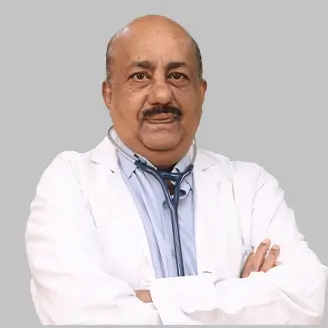
Dr. Sanjay Sharma
MBBS, MD, DM
Neurology
View More -
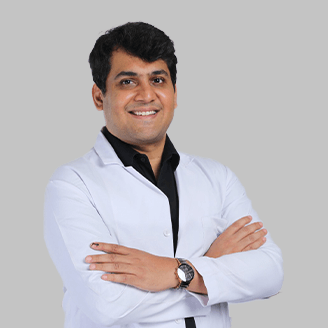
Dr. Shashank Jaiswal
MBBS, DM (Neurology), PDF (Stroke Intervention), PDF (Epilepsy)
Epilepsy, Neurology
View More -
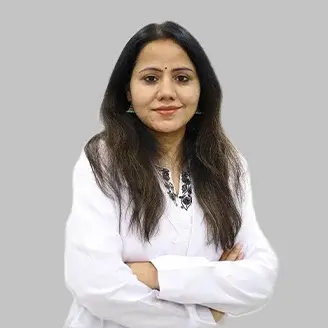
Dr. Sucharita Anand
MBBS, MD Medicine, DM Neurology, PDF Clinical Neuro-Physiology
Neurology
View More -
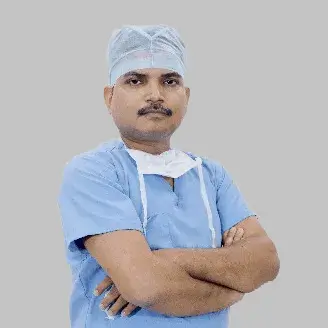
Dr. Susant Kumar Das
MBBS, MS, MCh (Neurosurgery)
Neurosurgery
View More -
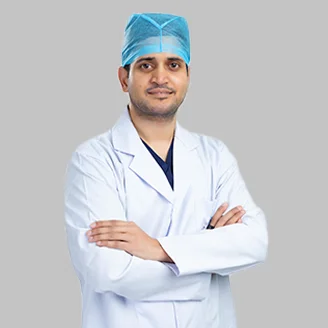
Dr. Teja Vadlamani
MBBS, DrNB (Neurosurgery)
Epilepsy, Neurosurgery
View More -
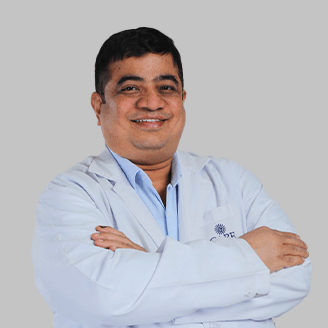
Dr. Venkatesh Yeddula
MBBS, MS (General Surgery), M.Ch (Neurosurgery)
Epilepsy, Neurosurgery
View More -
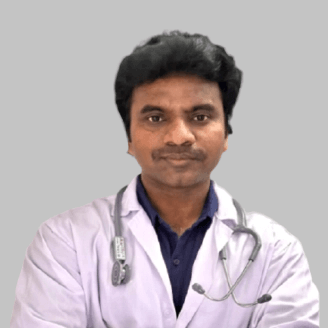
Dr. Vijay Kumar Terapalli
MBBS, MS (General Surgery), MCh (Neurosurgery)
Neurosurgery
View More -

Dr. Vishal Gaikwad
MBBS, MD (General Medicine), DM- Neurology
Neurology
View More
Frequently Asked Questions
Still Have a Question?

